1. Kids Walking Dogs Alone
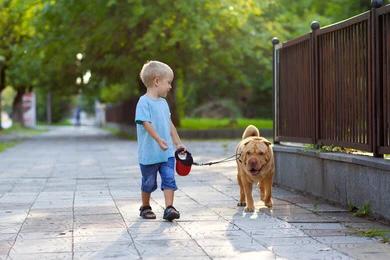
In the ’70s and ’80s, it was perfectly normal for a ten-year-old to loop the block with a family pet, like a beagle or a shepherd, without an adult hovering nearby. This was viewed not as a risk, but as a healthy step toward independence and responsibility for the child. The neighborhood felt safer and smaller then, and people generally looked out for one another’s children and pets. This level of unsupervised activity was deeply ingrained in the culture of the era. Today, the hesitation from parents, due to increased safety concerns, fear of strangers, and a more litigious society, has made this sight far less common. Back then, a child and a dog on an afternoon adventure was a classic, carefree image of childhood.
2. Dogs Roaming the Neighborhood Leash-Free
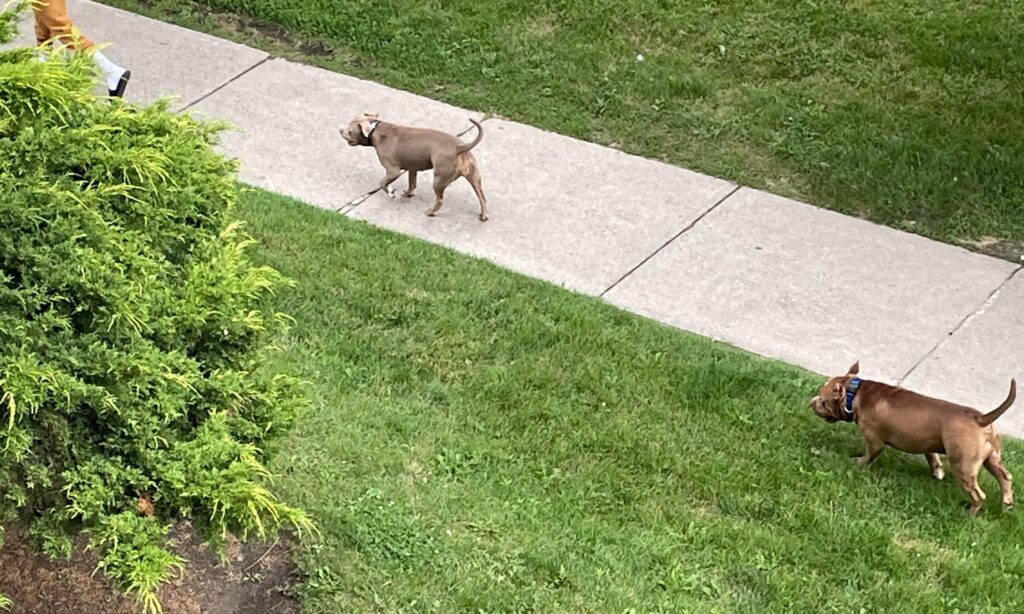
Back then, it wasn’t unusual to see dogs trotting freely through suburban streets, stopping by neighbors’ yards, and finding their way home only when the dinner bell rang. For many families, letting the dog out for a few hours was just a normal part of the day; it provided the pet with exercise and the owner with convenience. There was a strong, unstated community trust that people would be responsible and that pets would stay safe. Neighbors knew each other’s dogs by name, and if a pet wandered a bit too far, someone would usually recognize it and get it back on track. Today, with stricter leash laws, concerns over traffic, and the sheer volume of people and pets, that type of carefree freedom is a thing of the past, but the memory of a neighborhood full of independent dogs is still strong for those who lived it.
3. Cats Coming and Going Freely
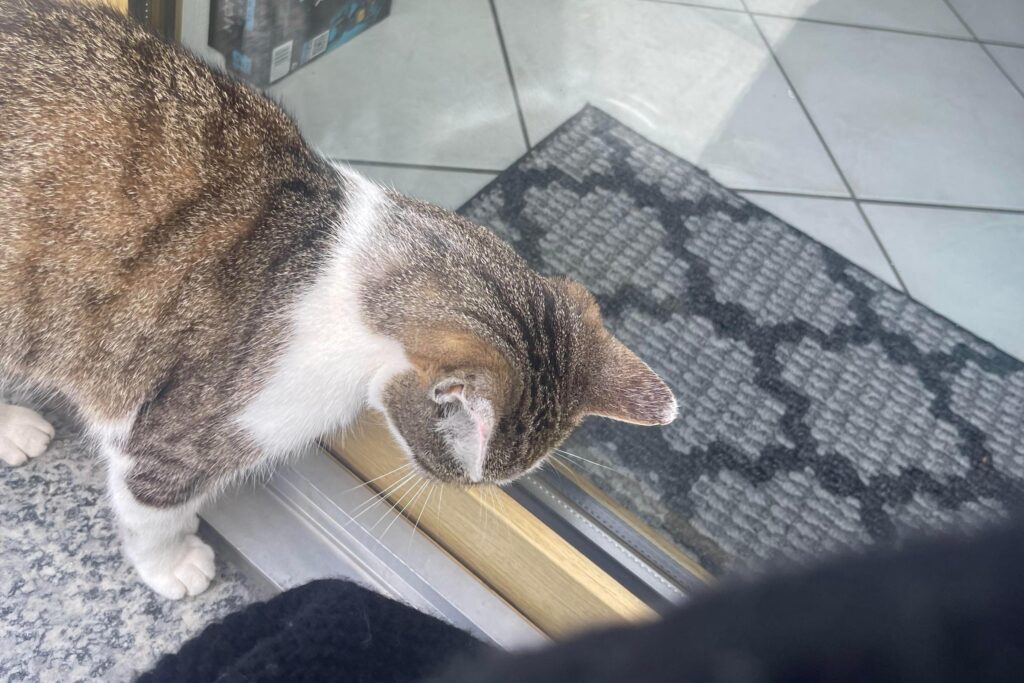
Outdoor cats in the ’70s and ’80s had total freedom, often vanishing for hours or even days before casually strolling back through the cat door or scratching at the kitchen window. Many cats didn’t wear collars, and the notion of tracking one’s pet was nonexistent; there were no microchips, GPS devices, or even “lost cat” social media posts. The prevailing attitude was that a cat would take care of itself and return when it was hungry or ready for a nap. While this provided a sense of independence and was simply the norm, it also meant a wilder and riskier time for felines, who often faced dangers from cars, other animals, and getting genuinely lost. Today, the shift toward making cats exclusively indoor pets highlights just how much safety standards have changed compared to that era of total feline autonomy.
4. Goldfish Won at County Fairs
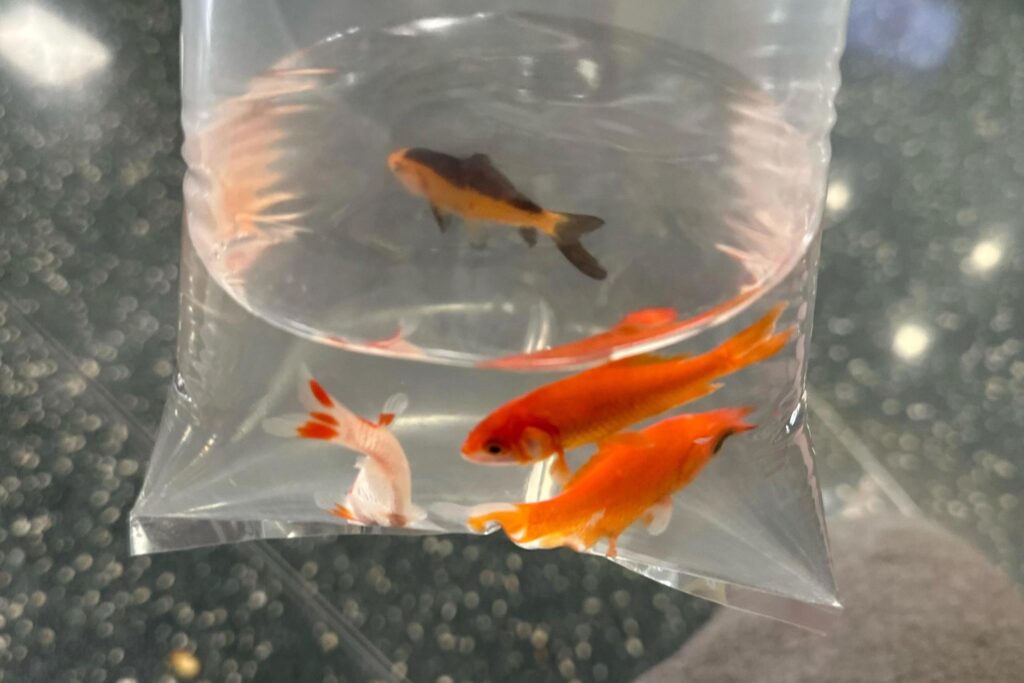
A simple goldfish, often won in a small plastic bag at a carnival game, felt like the ultimate prize for a child. This humble prize was an immediate symbol of a fun day out and a child’s first independent pet acquisition. Many of these fish ended up in small glass bowls on bedroom dressers, often with short lifespans due to a lack of knowledge about proper care, filters and aeration were uncommon in those basic setups. Despite the often brief tenure of these pets, the pure excitement of carrying that little plastic bag home, sometimes with a few colorful pebbles tossed in, remains a vivid childhood memory. The goldfish-in-a-bag tradition speaks to an era when pet ownership was often spontaneous and the financial barrier to entry was practically zero.
5. Parakeets Singing in Brass Cages
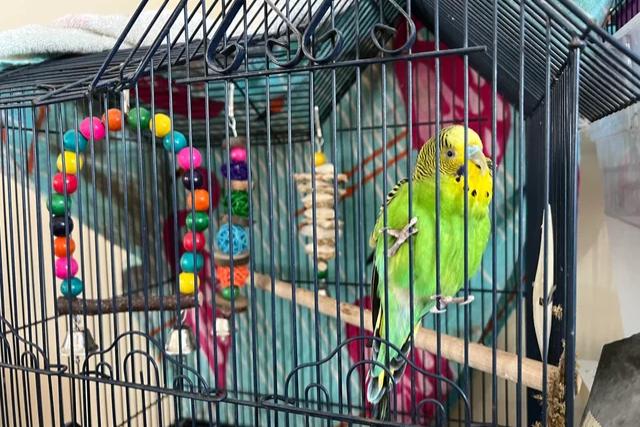
Colorful parakeets, often blue, yellow, or green, were once a kitchen staple, cheerfully chirping away in small, decorative brass cages, often perched by a sunny window or on the counter. These birds weren’t seen as exotic or high-maintenance; instead, they were inexpensive, readily available companions that added a burst of color and sound to the home. Many families treated them like cheerful background music to everyday life, a constant, low-key presence during homework, dinner prep, and casual conversation. This was long before specialty pet boutiques and complex avian care became standard. The simplicity of their setup and their role as a communal, accessible pet is a stark contrast to today’s more specialized approach to pet birds.
6. Milk Bones in Giant Cardboard Boxes
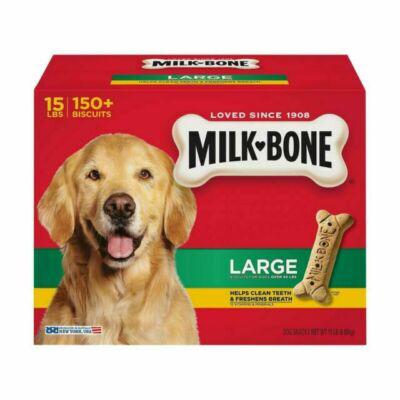
Dog treats weren’t gourmet, artisanal, or packaged in resealable pouches; they came in giant, iconic red and white cardboard boxes that were either stacked in the pantry or sat openly on the kitchen counter. The treats themselves, the classic, bone-shaped Milk Bones, were practically a food group for dogs across the country. There was no discussion of grain-free, limited ingredients, or dental formulas; the primary concern was giving the dog a satisfying crunch and a reward. Handing one out, which often involved a quick reach into that familiar box, felt like a universal ritual across neighborhoods. This straightforward approach highlights how much the pet food industry has diversified and specialized since that time.
7. Pets Riding Loose in Station Wagons
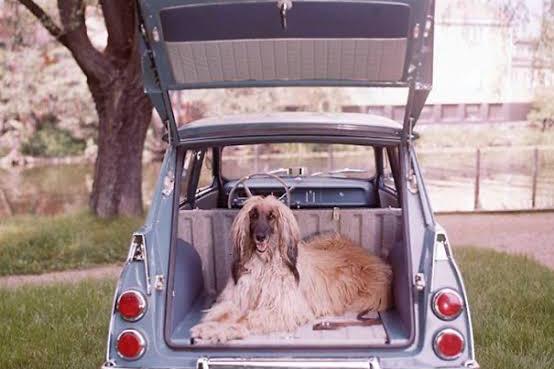
Before seatbelt laws were fully enforced for humans, let alone pets, dogs happily bounced around in the rear of station wagons or even pickup truck beds. It was a common sight to see a dog’s nose pressed against the window, ears flapping in the wind, or even occasionally climbing between the front seats to say hello. Families didn’t think about harnesses, crates, or pet safety barriers. The car was just another shared space, and the dog was just a passenger. While it was decidedly unsafe by modern standards, that era defined car trips as carefree family adventures where the dog’s sheer delight in the ride was part of the fun. This practice stands as one of the biggest safety differences between then and now.
8. Doghouses Instead of Indoor Beds
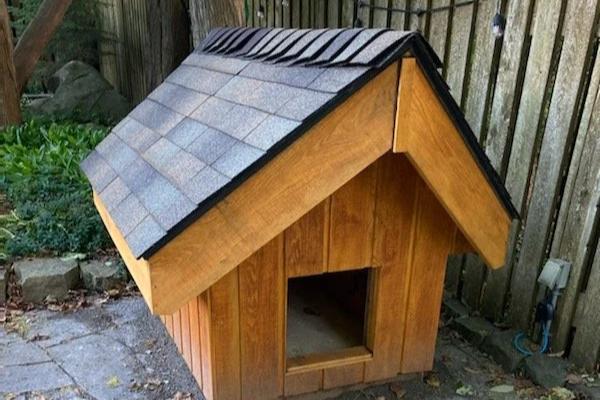
Not every family dog was permitted to sleep indoors. Many had sturdy wooden doghouses tucked near the garden, painted to match the garage or the main house trim. Pets were certainly loved and cared for, but they weren’t always treated like human children; the idea of every dog being curled up on the couch or sleeping at the foot of the bed was still years away for many families. The doghouse was seen as a perfectly adequate and loving shelter. While today’s trend is overwhelmingly toward keeping pets indoors as integral family members, the outdoor doghouse was a powerful symbol of a time when the boundary between domestic pet and outdoor worker was less blurred.
9. Hand-Me-Down Fish Tanks
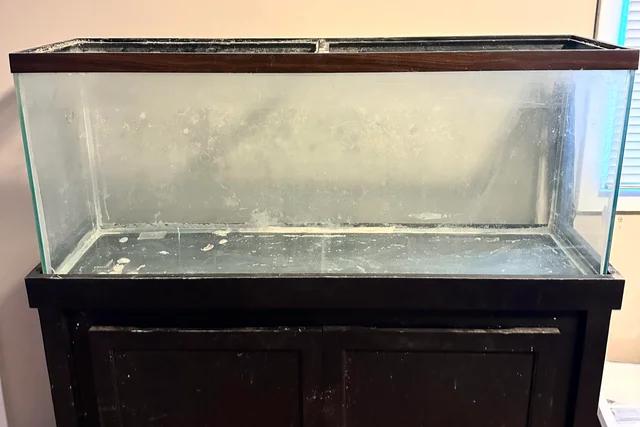
If you had a wood-paneled basement, you likely had an old fish tank down there, usually a hand-me-down from an older sibling or neighbor. These tanks were often rudimentary, featuring brightly colored gravel, a cheap bubbling castle, and a buzzing, fluorescent hood light or just plain empty for you to fill up. They were commonly filled with easy-to-care-for species like guppies or tetras, sometimes in a small, self-contained world. The tanks often leaked, the filtration was minimal, and the aesthetics were questionable, but they provided a hypnotic, glowing underwater world. The tradition of recycling these basic setups reflects a less commercialized approach to pet keeping before the advent of today’s high-tech, professionally aquascaped home tanks.
10. Turtles and Hermit Crabs from the Mall
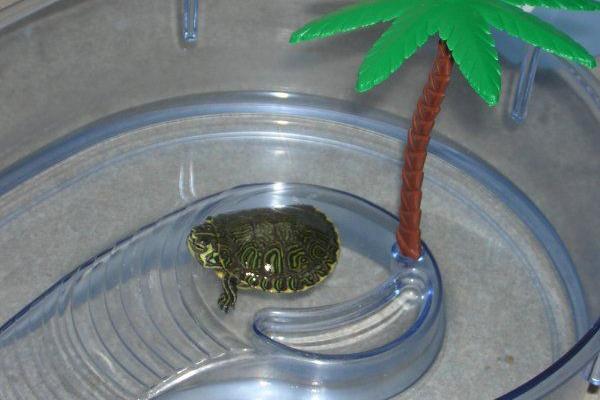
Trips to the mall pet store, and sometimes tourist traps, often ended with a child acquiring a cheap “starter pet,” such as a small turtle in a plastic tank or a hermit crab sporting a brightly painted shell. These impulse buys were part of a quirky pet culture where novelty often trumped responsibility. These small, easily transportable pets were attractive to children and simple for parents to say yes to. Unfortunately, the care standards for these animals were often poorly understood by the public, leading to short lifespans. Today’s significantly stricter oversight and ethical pet standards mean that acquiring a reptile or invertebrate is now a much more considered and researched decision.
11. Newspaper as the Only “Puppy Pad”
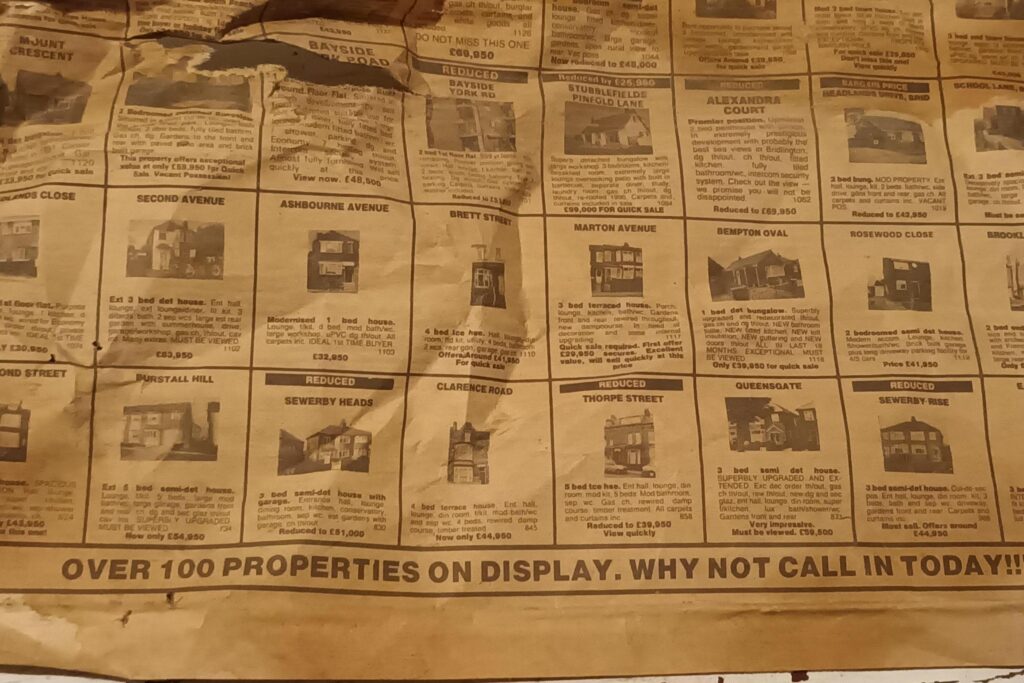
In the decades before disposable, specialized puppy pads and enzymatic cleaning sprays became common, house training a new dog simply meant spreading stacks of newspaper across the kitchen or laundry room floor. The method was simple: families hoped the puppy would use the paper, and then the whole soiled mess would be rolled up and thrown into the trash. It was undeniably messy, often ineffective, and left a faint, inky residue. However, it was the only real option for families who didn’t want the dog going directly onto the floor. This pragmatic, low-tech solution worked well enough before the modern pet supply industry arrived with its wide array of convenience products.
12. Dogs Eating Scraps from the Table
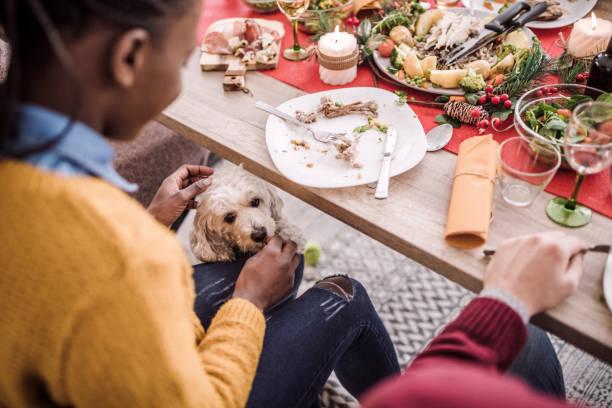
Before the era of boutique kibble, raw diets, and strict veterinary warnings against “human food,” dogs frequently received leftovers from the family dinner table. Bits of meatloaf, spaghetti, scrambled eggs, and sometimes even dessert would find their way into a pet’s bowl. This wasn’t considered irresponsible; it was seen as a generous and normal way to both share with the pet and minimize food waste. Pets rarely complained and seemed to thrive well enough on this varied, albeit nutritionally unbalanced, diet. Today, vets would strongly advise against this practice, but back then, it simply felt like an innocent and loving ritual of inclusion in the family meal.
13. Chasing the Ice Cream Truck with the Dog
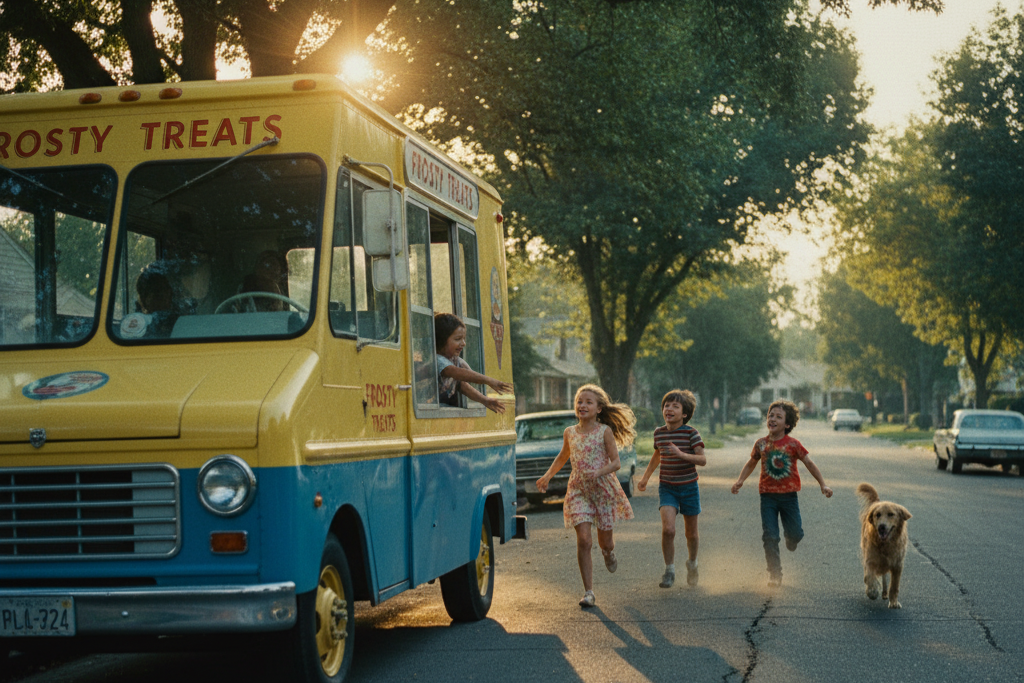
When children bolted down the street for the tell-tale jingle of the ice cream truck, the family dog often followed. It was a common sight to see neighborhood dogs running alongside kids on bikes, trailing them to the park, and circling back home by instinct. The dog was simply an integrated part of the daily adventures, often without a leash. This freedom speaks to the lower population density and the heightened sense of community safety of the time. The image of a dog patiently waiting while a child bought a popsicle, only to then follow them home, is an indelible, almost unimaginable memory of that era’s spontaneous, canine-inclusive childhood.
14. Outdoor Cats Living Off Half Hunting, Half Kibble
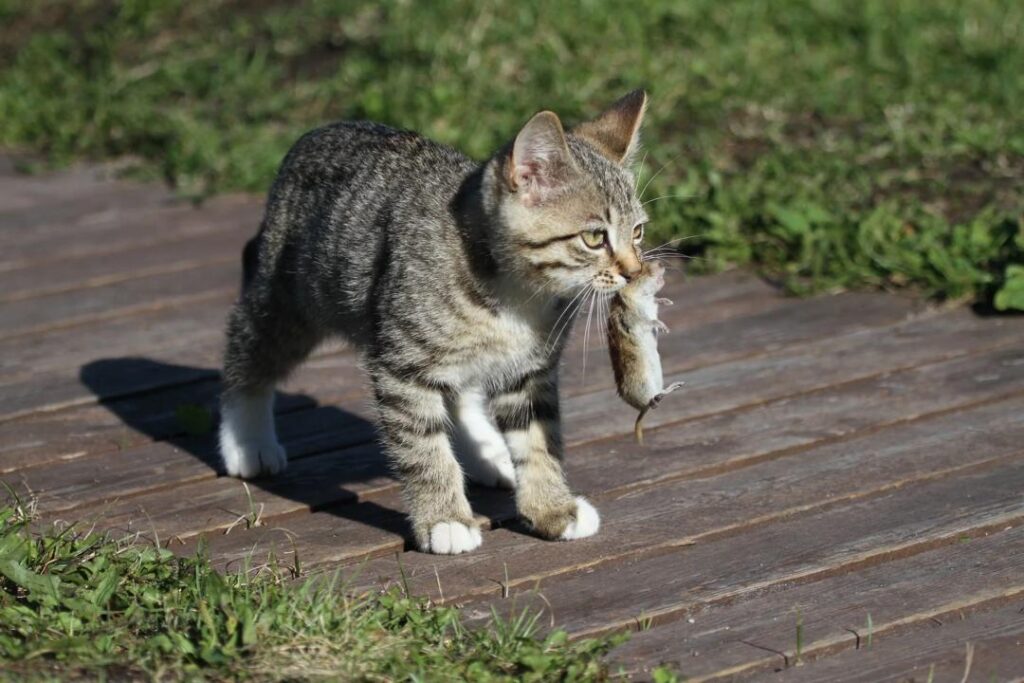
For many families, an outdoor cat’s diet was a balanced mix of domestic and wild. Cats were natural hunters, often dropping the occasional “gift” of a mouse or bird on the porch to prove their prowess, while still enjoying a hearty bowl of dry kibble indoors. Their existence straddled a boundary between being a household pet and a small, wild carnivore. This way of life is less common today, with most owners choosing to keep cats exclusively indoors for their safety and for the protection of local wildlife. That older approach, however, defined a cat’s life as one of rugged independence, where their skills were as important as their cuddle time.
15. Homemade Chew Toys from Knotted Socks

In the decades before pet stores were overflowing with designer, durable, and specialized toys, families got creative. The most common solution for a dog’s need to chew was to tie big knots in old socks, braid scraps of fabric into sturdy tug ropes, or simply hand over an old, soft slipper. These handmade items were free and carried the inviting scent of family life, which dogs absolutely loved. The focus was on simple, engaging play rather than expensive, manufactured durability. Those DIY chew toys are a perfect example of a time when pet care was less about consumption and more about using what you had on hand.
16. Small Pets in Outdoor Wire Hutches
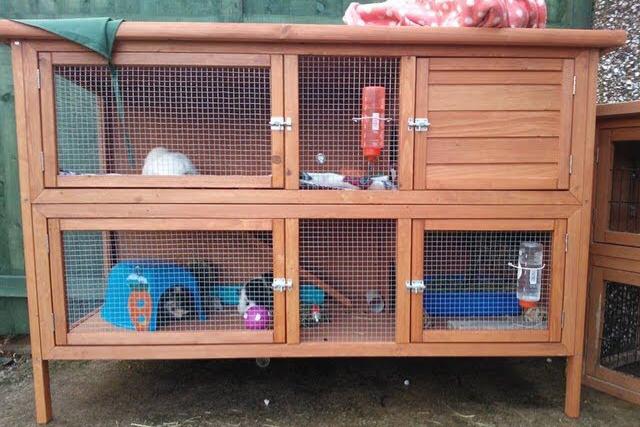
Small animals, such as rabbits and guinea pigs, were commonly housed outdoors in wooden or wire hutches, often kept in the backyard like a garden project, even through mild winters. While these pets were loved, the prevailing understanding of their needs for protection from the elements, companionship, and indoor living was less developed than it is today. They were generally viewed as hardy outdoor pets. This contrasts sharply with today’s standards, which emphasize that these animals need constant care, shelter from extreme weather, and the stimulation of an indoor environment to thrive. The sight of a backyard hutch, once common, is a clear reminder of evolving pet care knowledge.
17. Pets in the Annual Family Photo, No Costumes
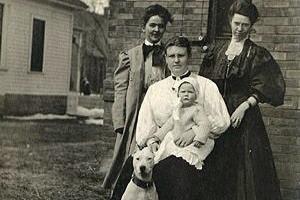
Christmas cards and family photo albums from the ’70s and ’80s often included the family dog or cat, but there was a distinct lack of fanfare. Pets simply sat naturally with the family, part of the portrait but not a production. There were no reindeer antlers, tiny sweaters, or costumes; their natural, unadorned presence was enough to show they belonged. This casual inclusion reflects a simpler, less performative era of family life. Today, pet portraits are often highly stylized and shared across countless digital platforms. Back then, a slightly blurry Polaroid of a cat on a shoulder was an authentic, low-key symbol of love and family membership.
18. Vet Visits Only When Something Was “Really Wrong”
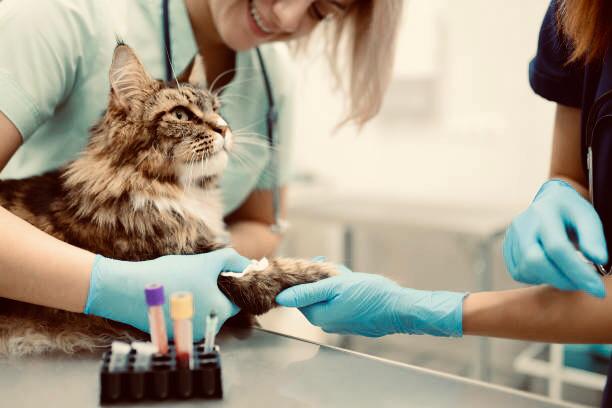
The culture of veterinary care was drastically different. Today, pets have annual checkups, dental cleanings, blood work, and an established schedule of preventive care. In earlier decades, the vet was often called or visited only when a pet was visibly or severely sick, injured, or needed vaccinations. Preventive care was not a standard part of the culture, and the idea of spending money on a checkup for a pet that looked perfectly healthy seemed illogical to many. This reactive approach to health care reflects a time when pet medicine was less advanced and less integrated into the day-to-day life of a pet owner.
19. No One Talking About “Pet Insurance”

The concept of insuring a pet’s health was completely foreign to most families. The idea simply didn’t exist in the popular consciousness, and there were no widely marketed products to provide it. Families accepted the veterinary costs, or made the tough choices, if their pets needed an expensive surgery or ongoing medical treatment. This lack of an financial safety net is a huge differentiator. Today, pet insurance is a common topic of discussion among owners, reflecting both the high cost of modern veterinary medicine and the elevated status of pets in the family. Back then, it was simply a non-existent concept.
20. Dogs Waiting by the Front Door for Dad’s Car
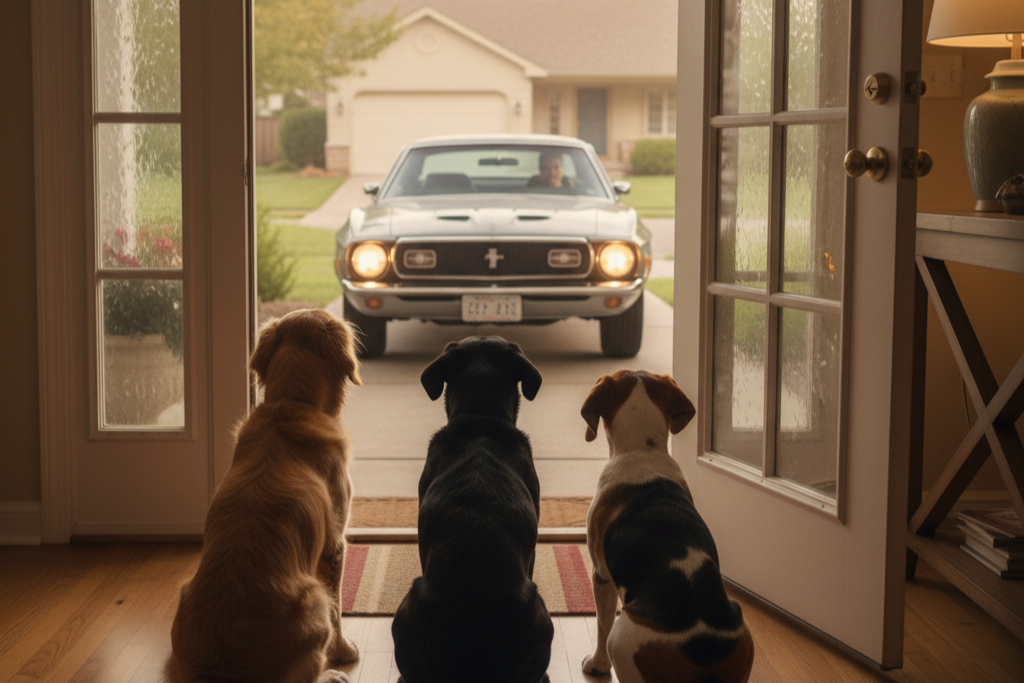
Many children vividly remember the family dog perking up and heading straight for the front door or picture window at the distinct sound of a familiar car engine pulling onto the street. They would wait faithfully, tails already wagging in anticipation. Without modern conveniences like home security cameras or text alerts, pets seemed to just “know” when their humans were on the way home, often through acute hearing and an internal clock. This ritual of the dog greeting the returning parent was a universal, heartwarming symbol of domestic life and the pet’s unwavering loyalty, a true sign of arrival that has been replaced by more modern forms of communication.
21. Polaroids of Pets Taped to the Fridge
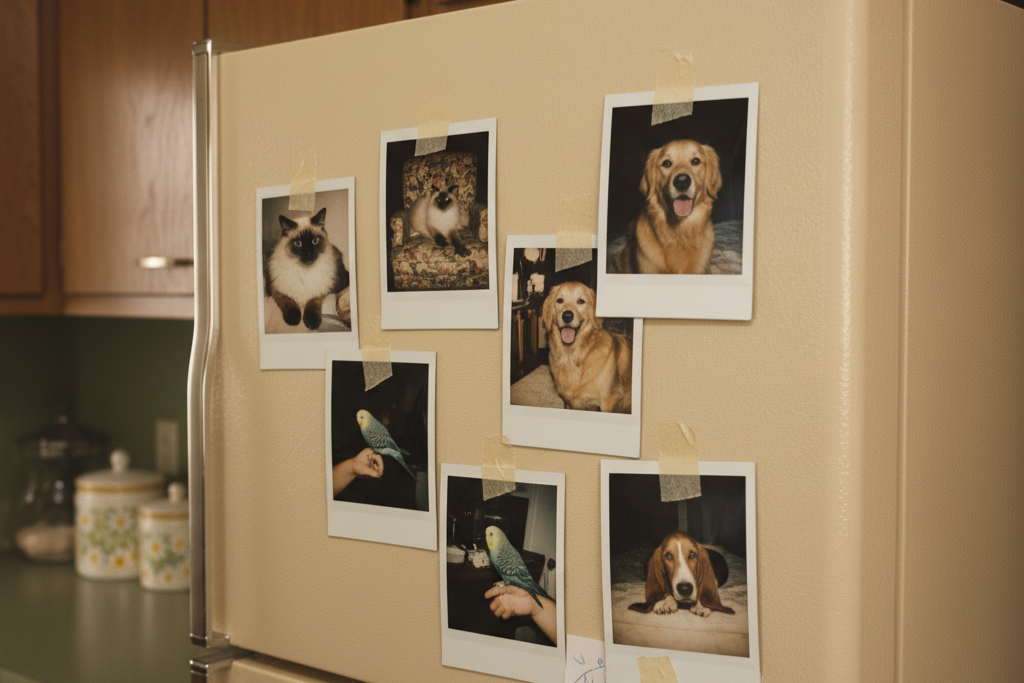
Instead of thousands of digital pictures stored on a phone, families from the ’70s and ’80s often had a handful of grainy, square Polaroids of their pets taped to the refrigerator with a magnet or tucked into a physical album. These instant prints, few and far between, carried as much love and pride as today’s endless digital albums and social media feeds. Each picture was a tangible, singular piece of the family history. This small, precious collection of physical photos is a nostalgic contrast to the overwhelming volume of instantaneous digital images that define how we document and share our pets’ lives today.
These memories remind us of a time when the relationship with our pets was perhaps a bit simpler, less structured, more trusting of the natural world, and deeply woven into the fabric of a more independent family life.
Which of these changes do you think is the biggest difference in pet ownership today?
This story 21 Ways Pets Were Part of Family Life in the ’70s and ’80s That Feel Totally Different Today was first published on Daily FETCH


